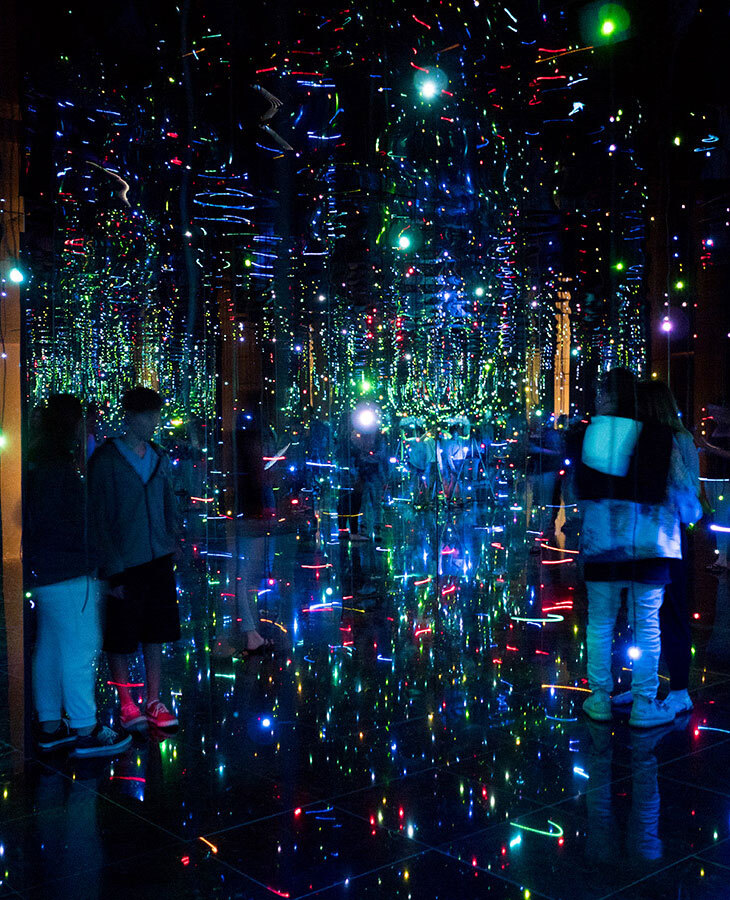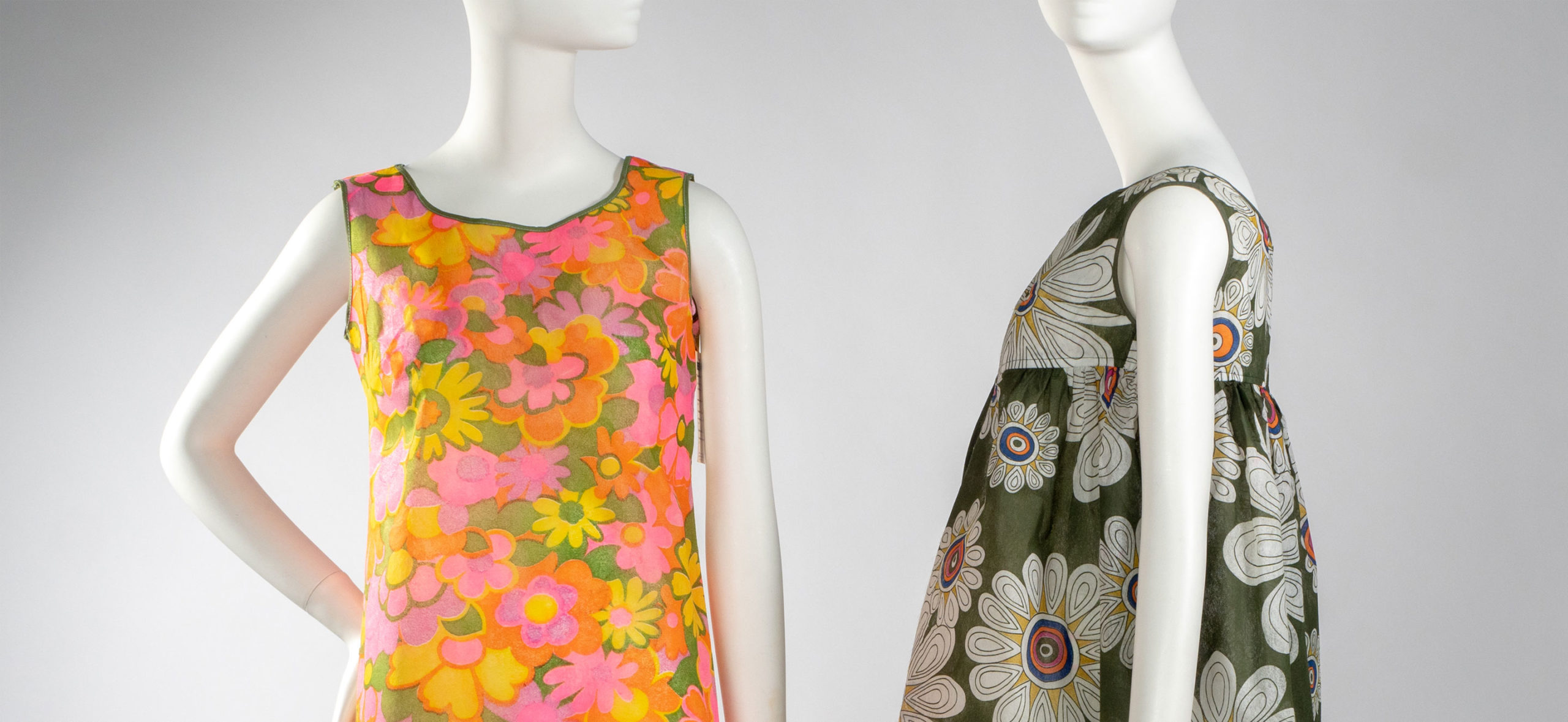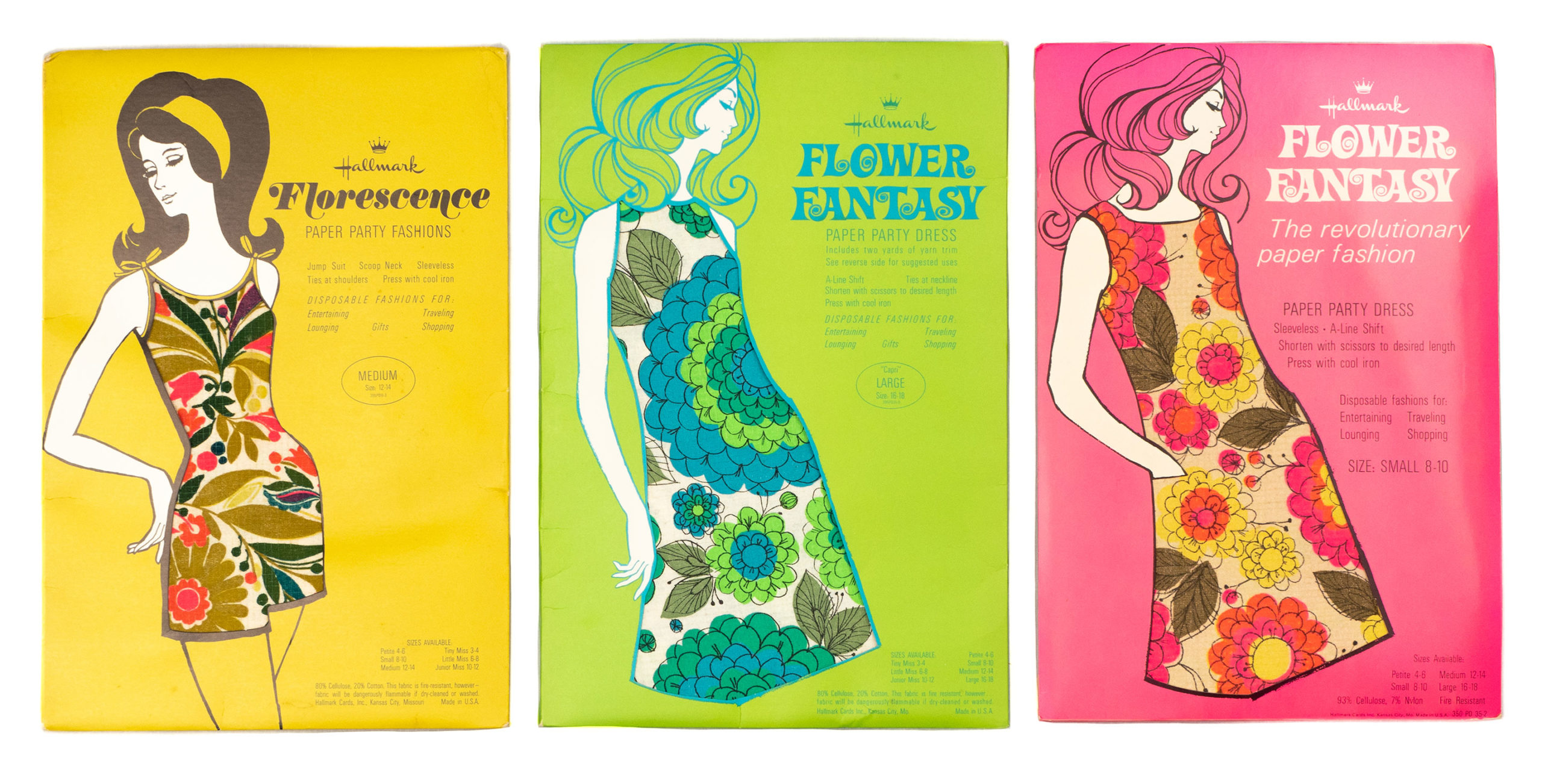
ABOUT THE EXHIBITION
During the 1960s, paper dresses took the world by storm, when Scott Paper Company launched an ingenious marketing campaign—an early forerunner of viral marketing strategies—to promote “Dura-Weve,” the textile featured in their new disposable tableware line. With the idea that paper dresses were the future, other companies like Mars of Asheville joined the excitement and were soon selling 80,000 dresses per week.
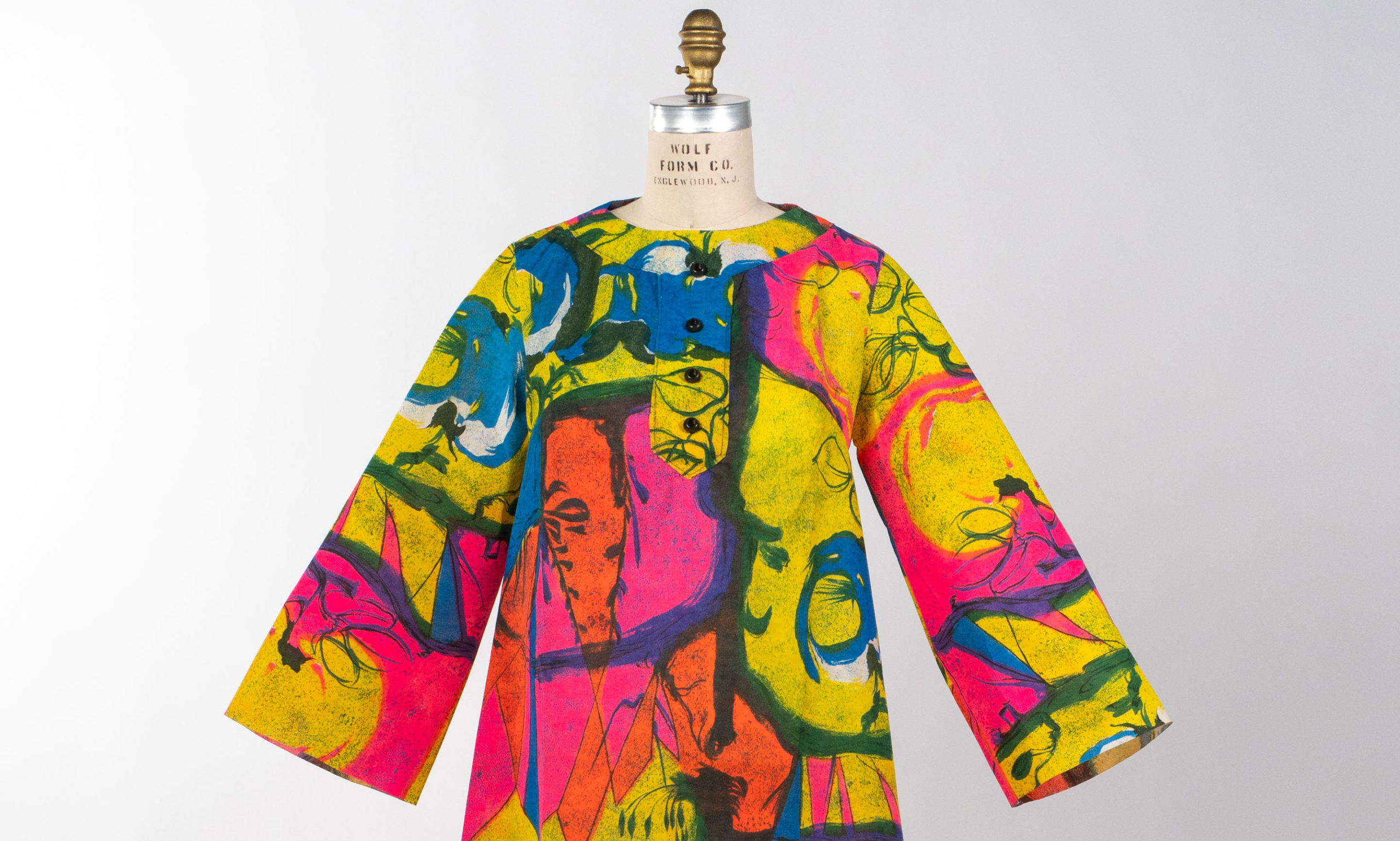
Generation Paper: Fast Fashion of the 1960s explores this phenomenon of the era through more than 80 rare garments and accessories selected entirely from the Museum’s comprehensive fashion-design collection, which is home to one of the leading collections of paper fashion in the United States, made possible through donations from Kelly Ellman and Gail and Stephen Rineberg. The exhibition showcases dresses, bikinis, skirts, hats, jumpsuits, rompers, beach cover-ups, and more made from paper, plastic, laminate, and other disposable materials, many of which were highly flammable although coated in flame-retardant chemicals.
IMAGE CREDIT
Candy Wrappers, Caftan, 1960s. Printed rayon. Collection of Phoenix Art Museum, Promised gift of Kelly Ellman. Image © Phoenix Art Museum.
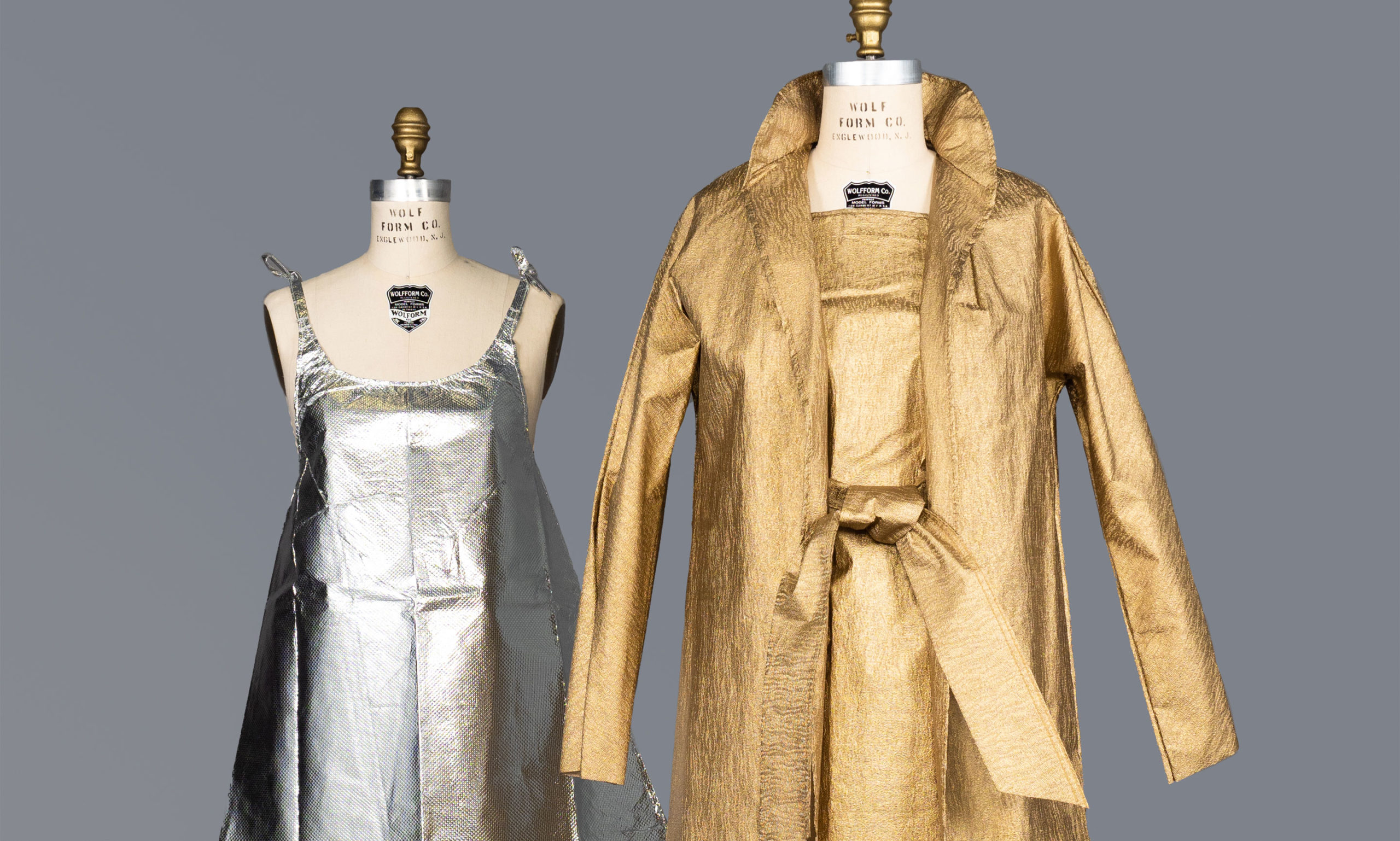
Exhibition highlights include garments that mimicked kitchen countertop patterns, a promotional for Viking appliances; children’s dresses featuring Captain Kangaroo and Flintstones cartoons; a dress and matching placemats and napkins by Seagram’s 7, created so the ultimate party hostess could match her décor; and, mostly notably, the Campbell’s Souper Dress and the first two original Paper Caper dresses from Scott Paper Company. Altogether, Generation Paper examines how the whimsical and short-lived paper-dress trend of the 1960s was a period of experimentation that informs many modern textiles of today and will continue to influence the textiles of tomorrow.
IMAGE CREDIT
(Left to right) Jewel Tea Company, Coat, Dress, and Belt, 1966. Lustre-Weave 100% non-woven polyethylene. Collection of Phoenix Art Museum. Gift of Cathy Beardsley; Unknown, Dress, 1960s. 90% rayon and 5% metalized polyester. Collection of Phoenix Art Museum, Promised gift of Kelly Ellman. Image © Phoenix Art Museum.
EXHIBITION SPONSORS
Generation Paper: Fast Fashion of the 1960s is organized by Phoenix Art Museum and made possible through the generosity of Arizona Costume Institute, The Ellman Foundation, and Stephen and Gail Rineberg, with additional support from the Museum’s Circles of Support and Museum Members.
RELATED EVENTS AND PROGRAMS
RESOURCES
PRESS INFORMATION
Media Images and Credit Lines
DOWNLOADPress Release
New exhibition at Phoenix Art Museum explores the whimsical world of 1960s paper fashion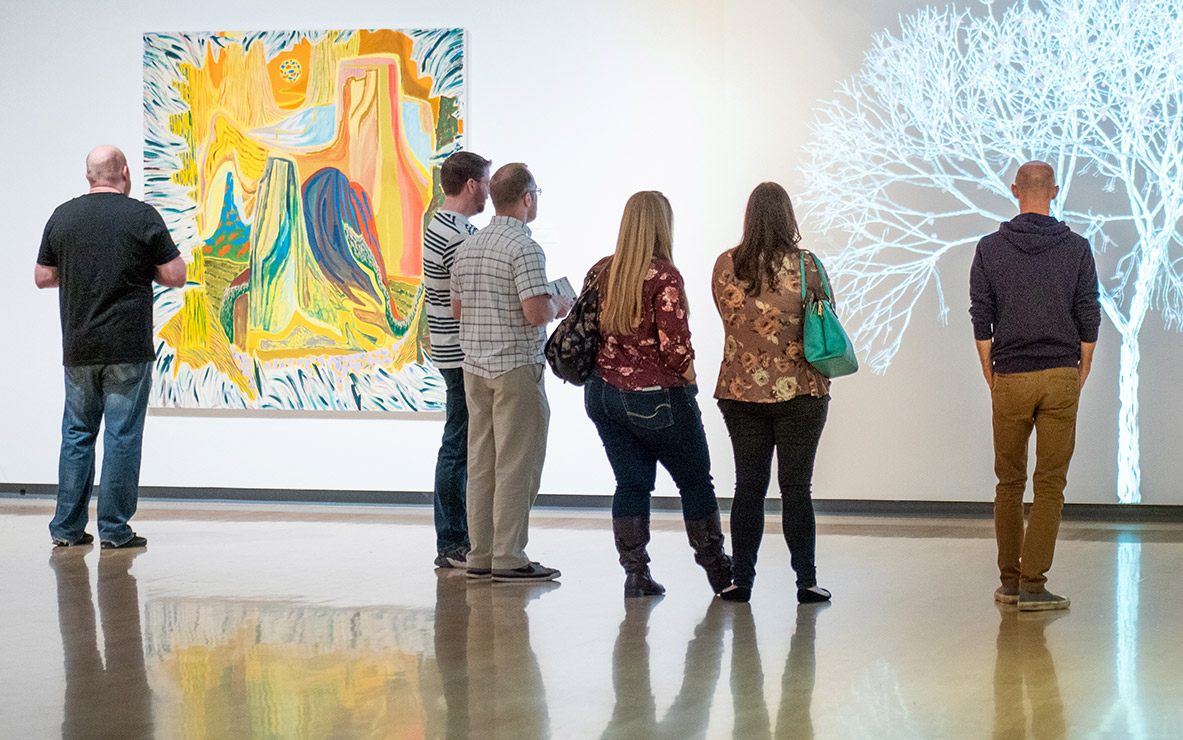
Featuring more than 20,000 objects, the collection spans the globe, bringing the world to our city, and our city to the world.
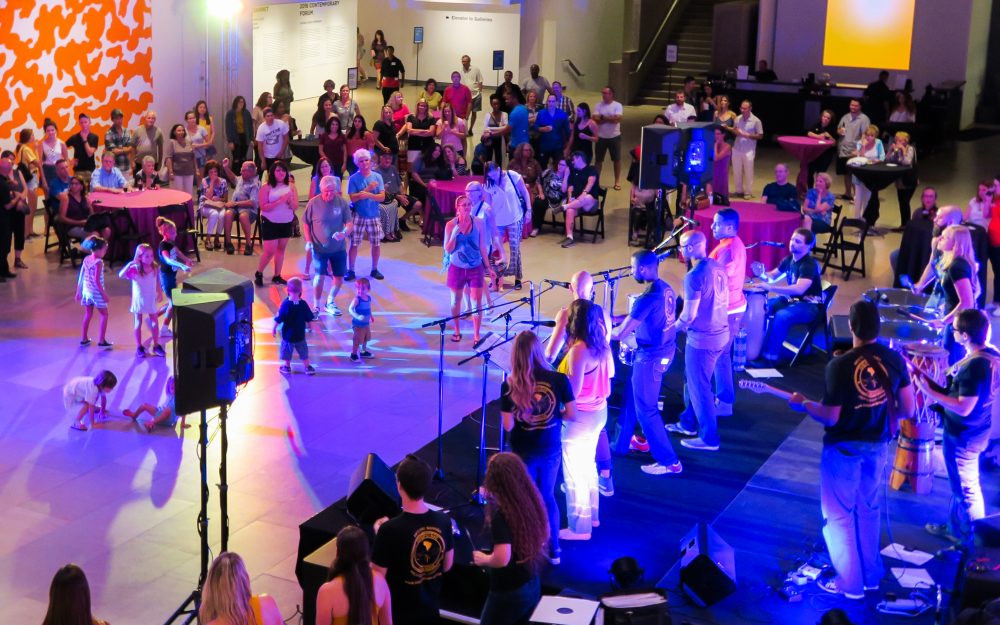
Discover a world of programs, workshops, and more, and experience your museum in a whole new way.
EXHIBITIONS
On view for a limited time, exhibitions present art from across the centuries and the globe, from iconic fashion to Old Master paintings, contemporary photography to historical objects of Asia.
MORECOLLECTIONS
Featuring more than 20,000 objects, the collection spans the globe, bringing the world to our city, and our city to the world.
MORE
